MusicRadar Verdict
It may be a vintage spec but the tonal range and build quality here is a great example of the Tele as the right good-looking tool for many jobs.
Pros
- +
Compares favourably to the double-price AV II '63 Tele
- +
A great example of how versatile Tele tones can be
- +
7.25" radius is a distinct offering… that will please some
Cons
- -
Vintage downside: truss rod adjustment not straightforward
- -
Fender's 'deluxe' gig bag really needs an upgrade
- -
No left-handed options
MusicRadar's got your back
Fender Vintera II '60s Telecaster: What is it?
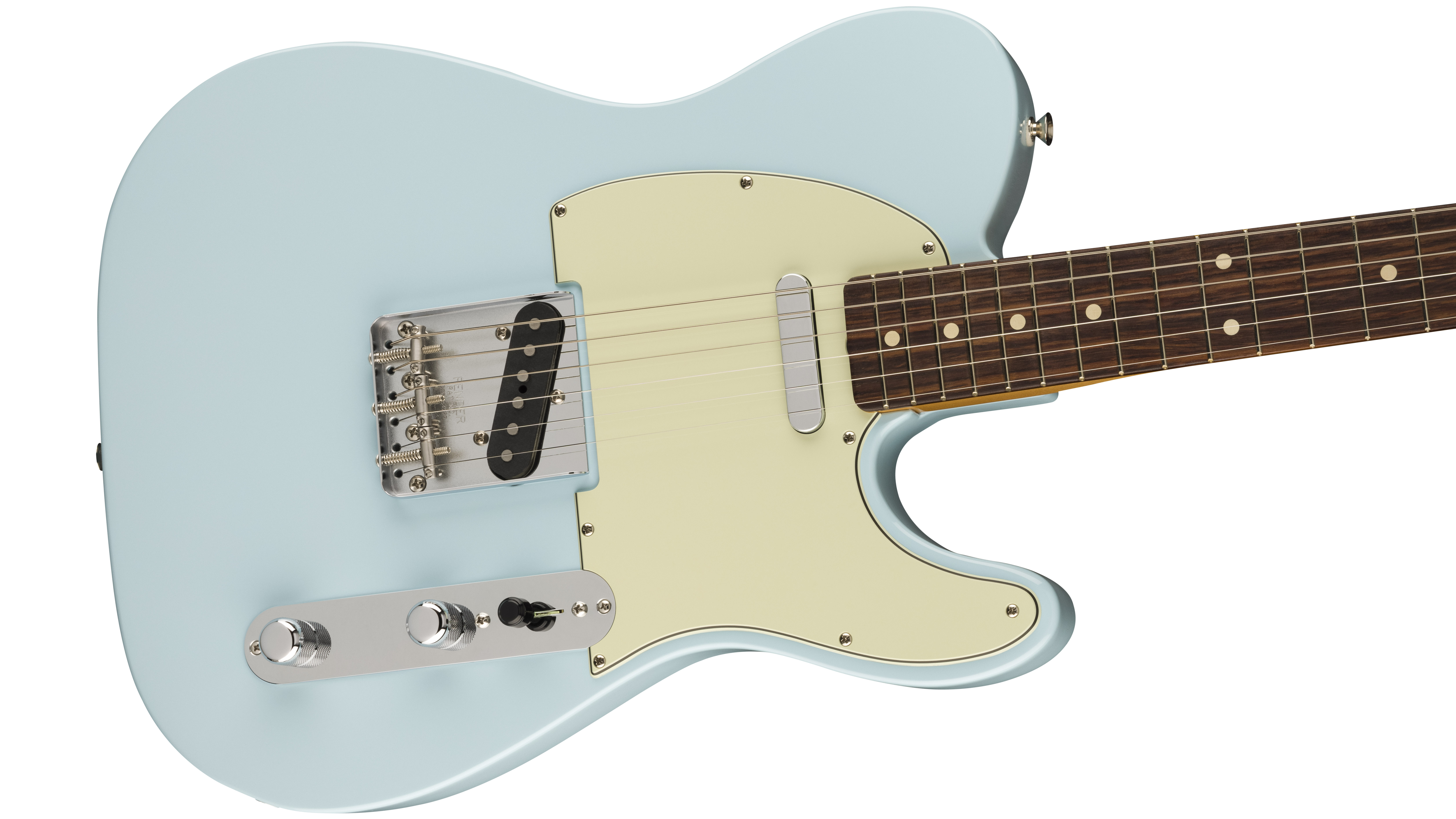
We need to talk about fingerboards. Stay with me, it will become clear why soon enough. Back at the very beginning of 2017 the acoustic and electric guitar-building industry had a challenge to overcome. You may well know already that it was the time CITES legislation came into force, limiting the import and export of rosewood across all borders. The effect was that the industry had to find supplies of alternative tonewoods for many of its instruments, with woods including pau ferro and laurel becoming popular choices. It was necessary and customers of new guitars had to accept it, or buy used.
That same year, Fender decided to drop rosewood as a fingerboard wood on all its Mexican-made guitars. From late 2019 things changed – legally at least. CITES rosewood restrictions on musical instruments were lifted for most rosewood species. Business as usual then? Not quite. The industry was heavily invested in alternatives – including Fender. But nearly four years on and rosewood hasn't returned in the way many players were probably expecting. And especially not to Fender's guitars.
It's now a premium option; you won't see rosewood 'boards on Mexican Player models. It was something Fender CEO Andy Mooney referenced when I asked him about it in 2022. "I myself, I prefer a rosewood fingerboard over maple and willing to pay a premium for it," said Mooney. "And we are kind of at that point now already, relative to say pau ferro, although I've always said if pau ferro was good enough for Stevie Ray Vaughan, it should be good enough for any guitar player."
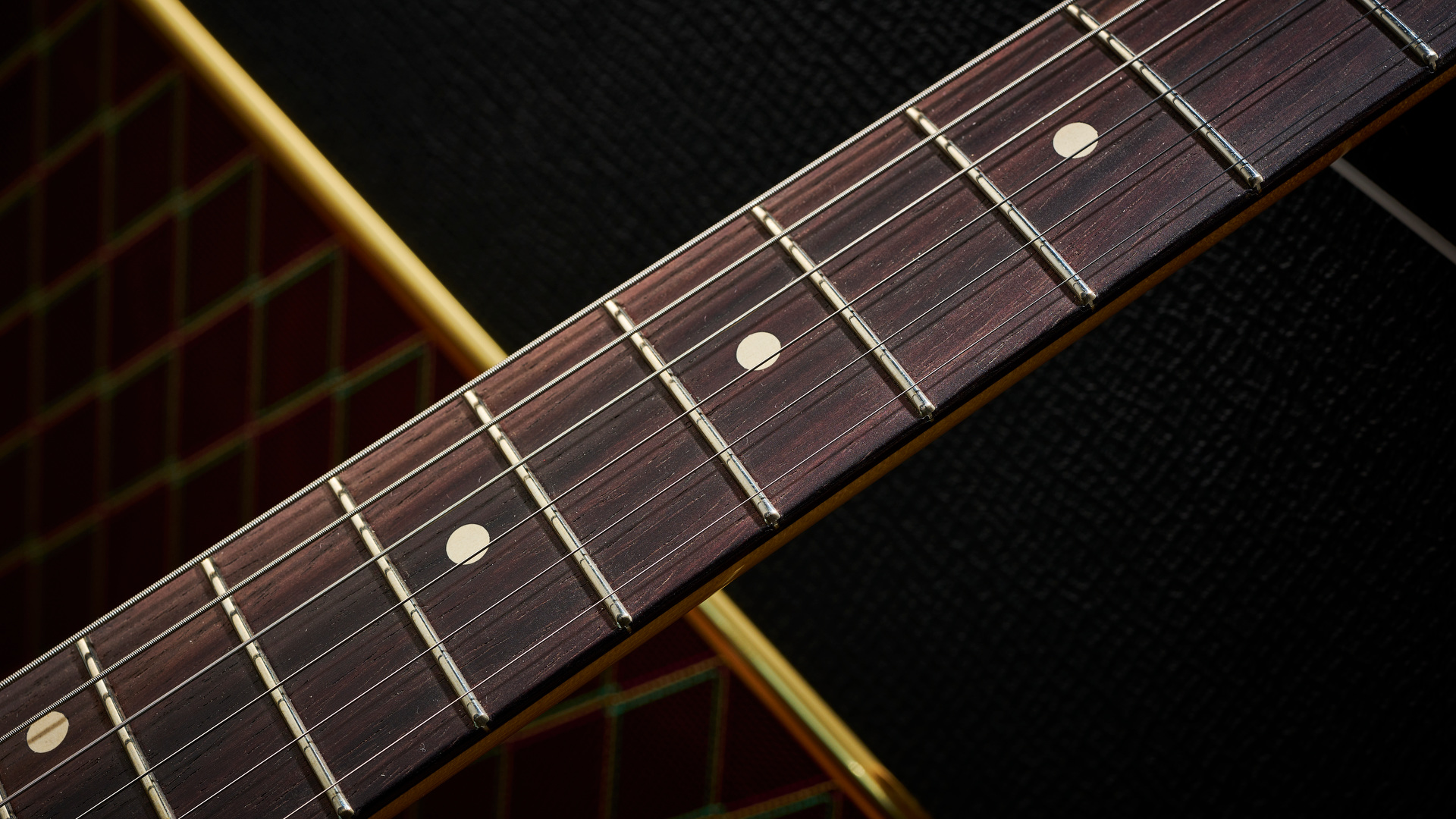
Good enough is a relative term. And SRV was an exception to player habits then, just as pau ferro is not generally chosen by pros now. The tonal differences between pau ferro and rosewood are debatable, but for me the preference is very much about aesthetics. Generally, in my experience, most pau ferro fingerboards do not look as attractive as rosewood examples on Fender guitars. It's not an elitist thing; it's about a finishes. The generally darker rosewood looks better with most finish and scratchplate combinations in my experience. And I have a Daphne Blue HS Duo Sonic Player model with a pau ferro fingerboard I wanted to darken for this very reason with Monty's Montypresso relix wax. And – surprise – I thought it looked better darker.
Of course there's exceptions; lighter rosewood fretboards and darker pau ferro examples. But there must be something in the cosmetic appeal – enough for Fender to now seemingly deem rosewood an option for more expensive guitars. But that doesn't exclude all Mexican-made Fender guitars anymore. This brings us to the Vintera II line…
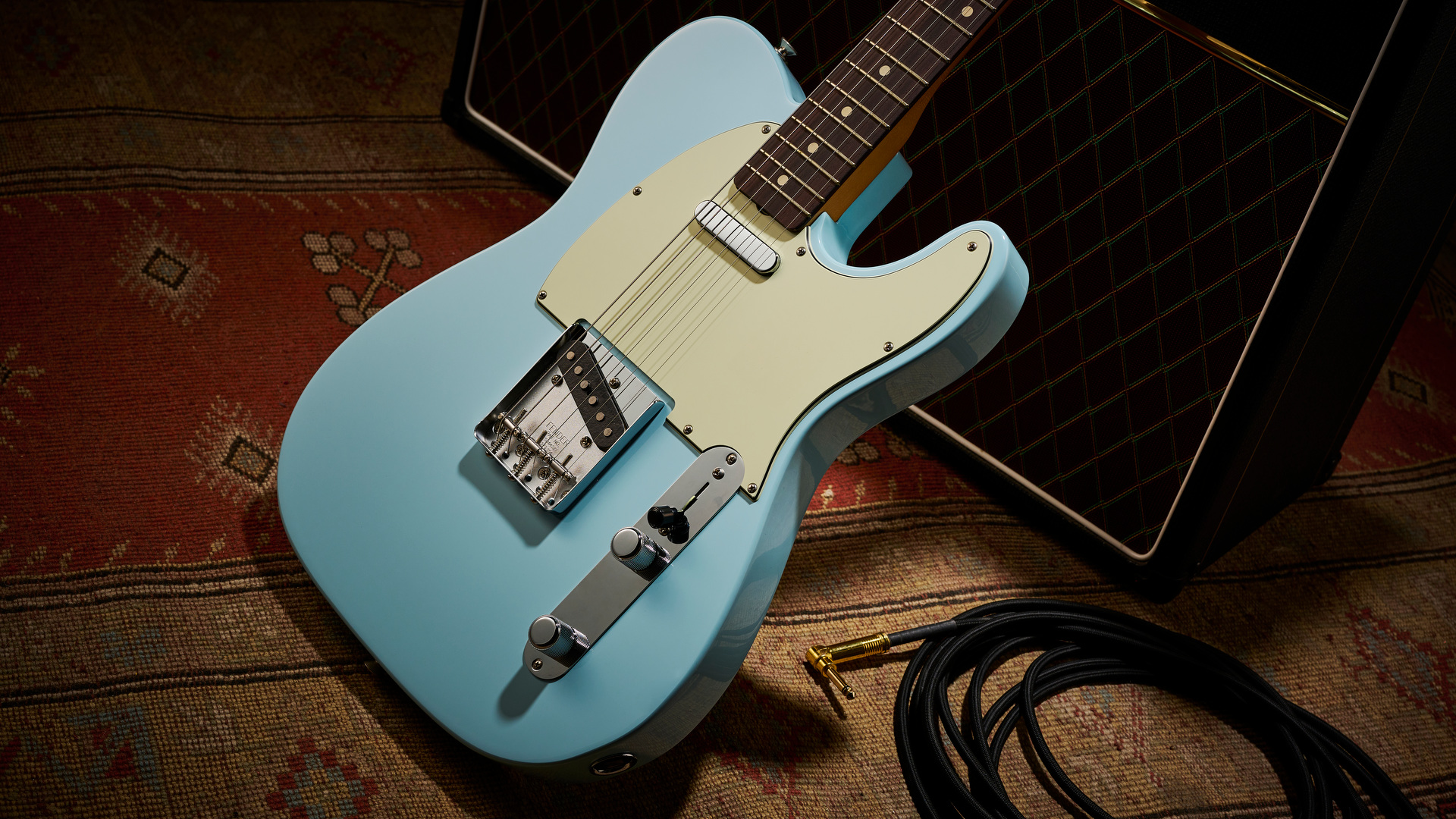
Sonic Blue is a slightly different shade to Daphne Blue but this guitar we have here proves my point; it just looks right with that darker fingerboard. The first Mexican-made Vintera line didn't – or couldn't – introduce rosewood back to the Ensenada factory-produced series because they arrived before the CITES regulations were lifted – same with the Player Plus series. The Vintera guitars and basses had essentially phased out the vintage-influenced lines from before; including the Fender Classic Player, Road Worn Series and much-loved Baja guitars. But the pau ferro 'boards – offered alongside maple options – just didn't look authentic on the vintage-correct front.
Now, Fender isn't tied to such compromise with its Vintera II line of 'era-correct and cult classic' Teles, Nocasters, Mustangs, Strats, Jaguars, Jazzmasters; a Bass VI (!) basses and rosewood slab 'boards are in, but with them comes prices around the four-figure mark. How does it add up with this Tele?
Fender Vintera II '60s Telecaster: Performance and verdict
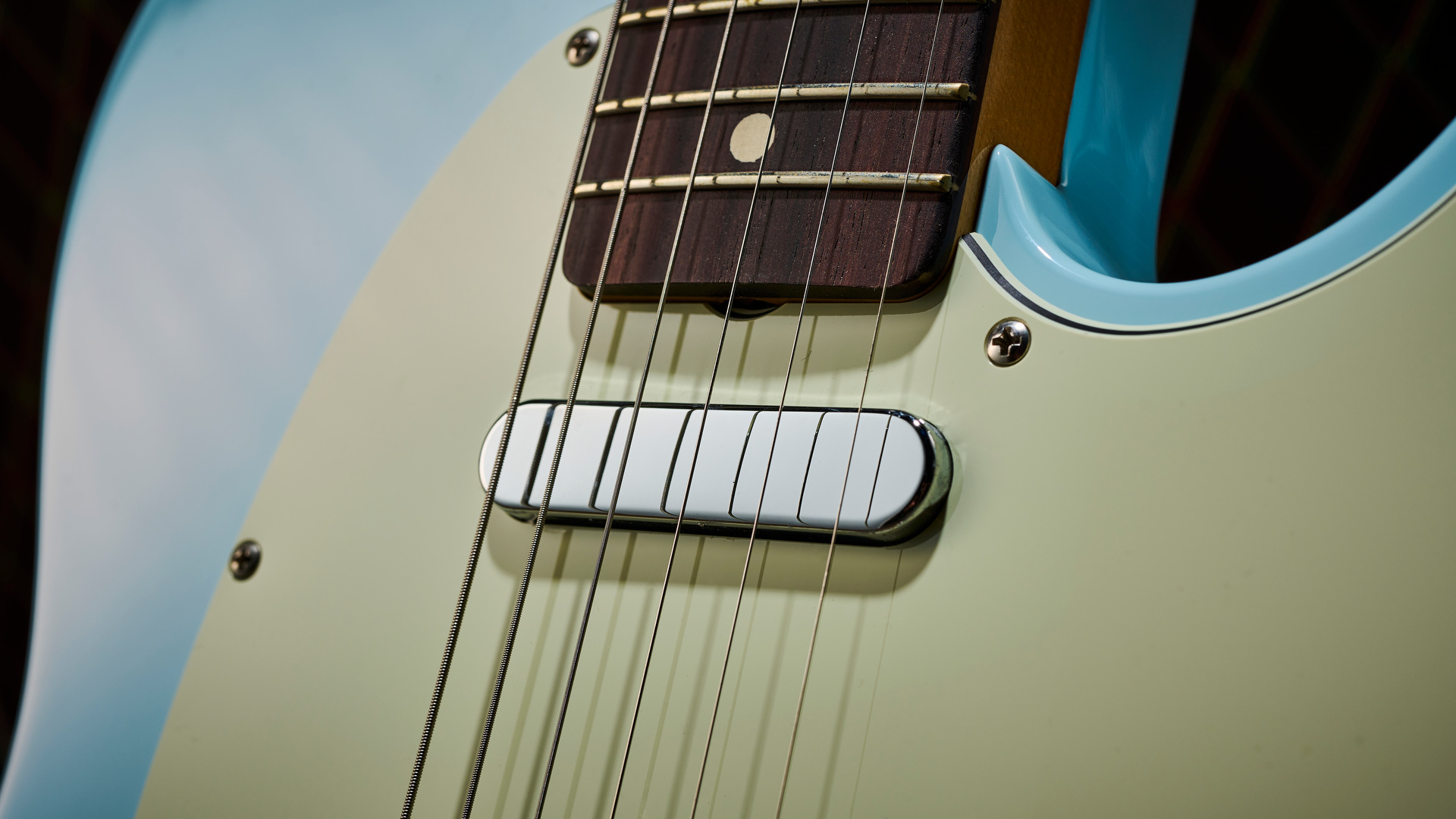
By drawing from a whole decade as inspiration, Fender has some leeway, but it also needs to capture an era. Things like the lack of skunk stripe, slab rosewood fingerboard (the rosewood used is thicker than veneer 'boards) and three-saddle ashtray bridge make a strong vintage impression. That continues to the truss rod nut adjustment; it's a 'butt adjust' aka a Phillips head at the bottom of the neck.
Players will need to remove the scratchplate (eight screws) and loosen the neck bolts to gain access to the nut and make any adjustments (after removing the strings) and keep checking and repeating until they've made the desired changes. You can't adjust a vintage-style Fender Truss rod nut while its under string tension, so it's guesswork. That could be off-putting for players, but there's ways to make it much easier – including the StewMac Truss Rod Crank for Telecasters. If it's good enough for tech legend Dan Erlewine, we're sold!
The Sonic Blue finish, three-ply mint pickguard and rosewood slab fretboard are a very persuasive and timeless combination that adds weight to the Tele as the jean jacket of guitars
Our test guitar sits at a pleasing enough 7.4lbs (my own 8.2lb Road Worn Tele really feels much heftier by comparison). As is the setup and fretwork here, the latter not a given considering I own two Fender Player models that both had a few high spots on frets from the factory. The realities with the movement of wood is many guitars do, but we're relieved to see this higher-priced model has nothing to complain about in the build quality department.
Indeed, if you've fallen out of love with Teles, or wondered what the fuss is about, this is an excellent reminder of their charms. It looks great, for starters. The Sonic Blue finish, three-ply mint pickguard and rosewood slab fretboard are a very persuasive and timeless combination that adds weight to the Tele as the jean jacket of guitars. It transcends trends. But this is a guitar that could turn off even some Tele fans.
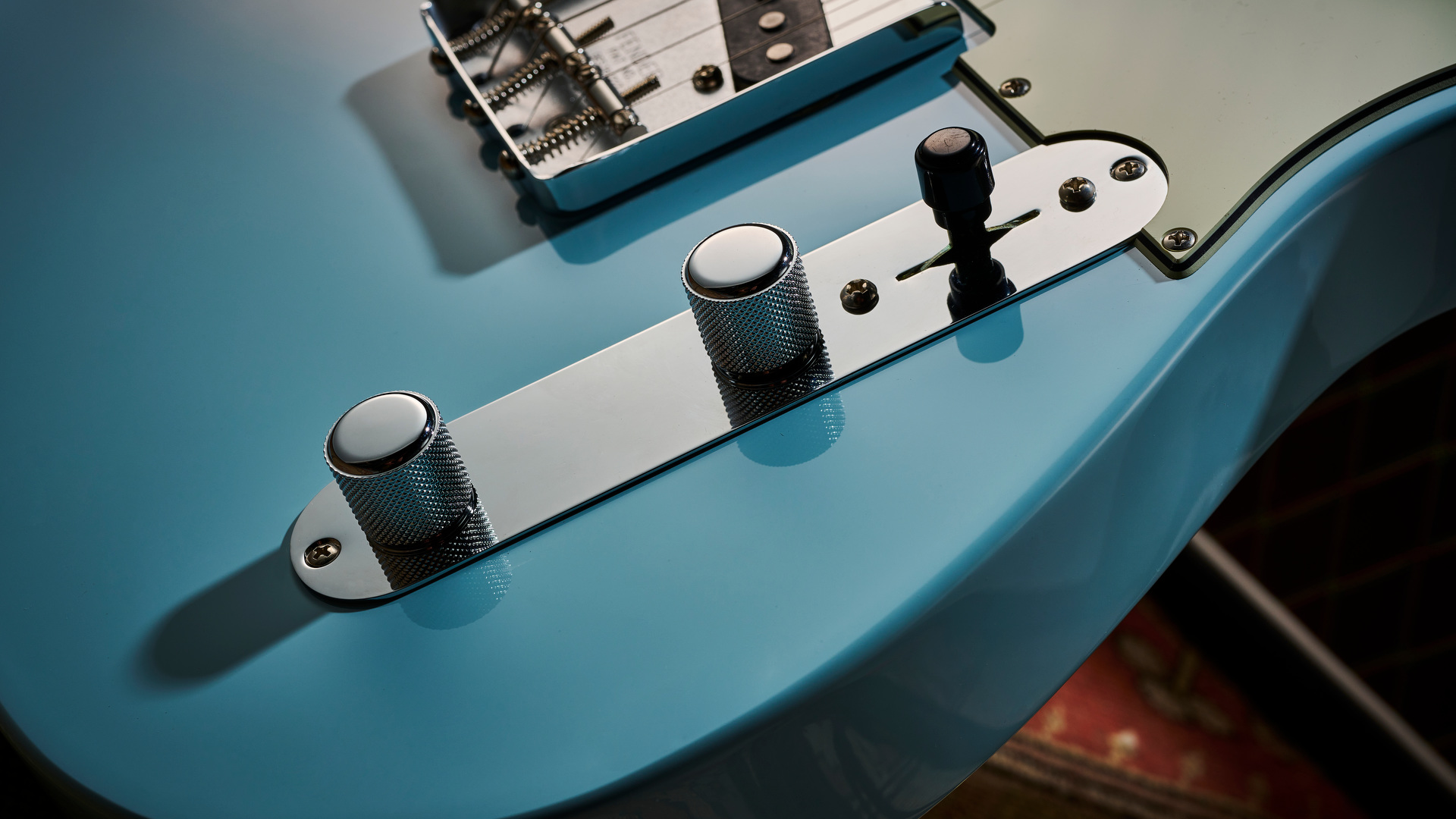
The neck profile here is described as an 'early '60s C', and the pickups are drawing inspiration from the 'mid-'60s'. In practice, the former translates to the beefiest C we've encountered. Certainly something that needs to be tried for any player accustomed to the ubiquitous Modern C, but comfortable for bends with the 7.25" radius 'board here.
That vintage 7.25" radius can be a Marmite feature for some, but that more pronounced curve has distinct advantages for more comfortable chord fingerings in my experience – and especially for smaller hands. Coming from my usual 9.5" Fenders, lead runs feel more of a learning – pardon the pun – curve. But I soon warm to it – it's an acoustically vibrant Tele, and bends really feel easier on our test guitar. Encouraged by great tuning stability. Obviously, your hand size and preference will all play into how attractive the combination proves and it needs to be tried in person. But many other Tele options are of course available.
The added slinkiness I experience here is aided by the .009-.042 gauge strings this guitar ships with that many players will immediately swap for 10s. As a 9.5 gauge user I'm quite happy, and as BB King once said to Billy Gibbons after strumming his guitar with heavier gauges, "Why you working so hard?"
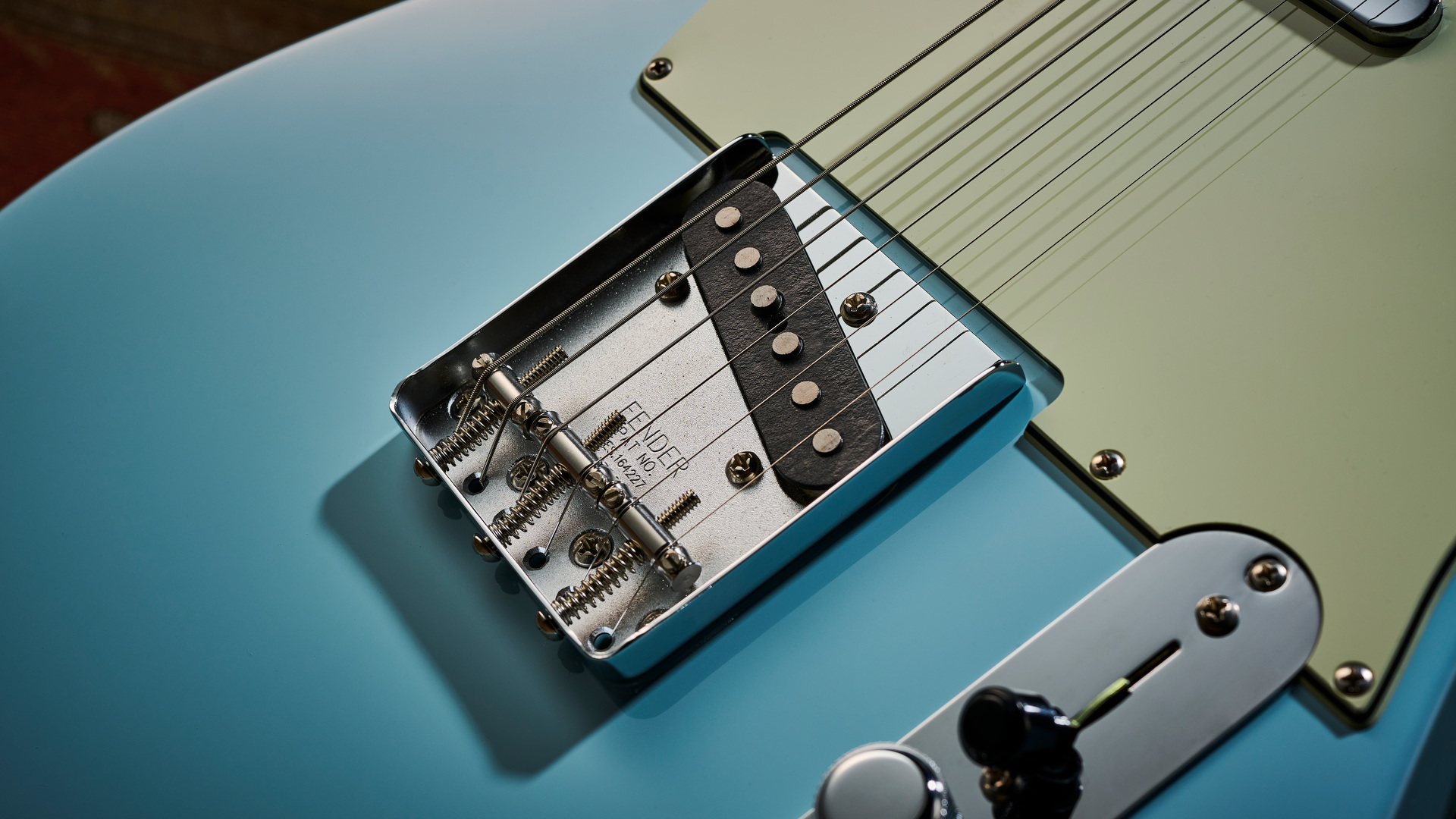
Think vintage Telecaster and you may envision a teeth-rattling trip to Twang City on the bridge pickup. Perhaps the darker rosewood of the slab fingerboard is an influence but the 'mid '60s' pickup here is more rounded and muscular than I expected. It feels more versatile for covering a lot of ground as a result. It's lower output and all the better for it; the headroom afforded here accounts for how full but cutting it sounds when driven with pedals through a Fender Deluxe Reverb and Vox AC30. Plenty to build on and thrive with, and the volume pot is extremely responsive to winding down the gain, too.
The pickups here feel like a really attractive and useful mix of Tele jangle and low-mid foundation
The neck is bloomy in all the right places. Full disclosure; I raised it a little to balance the two pickup outputs a little more. With the bridge character, it definitely makes for a middle position with a great mix of low-end and chimey strumming, and I like it a lot. The pickups here feel like a really attractive and useful mix of Tele jangle and low-mid foundation.
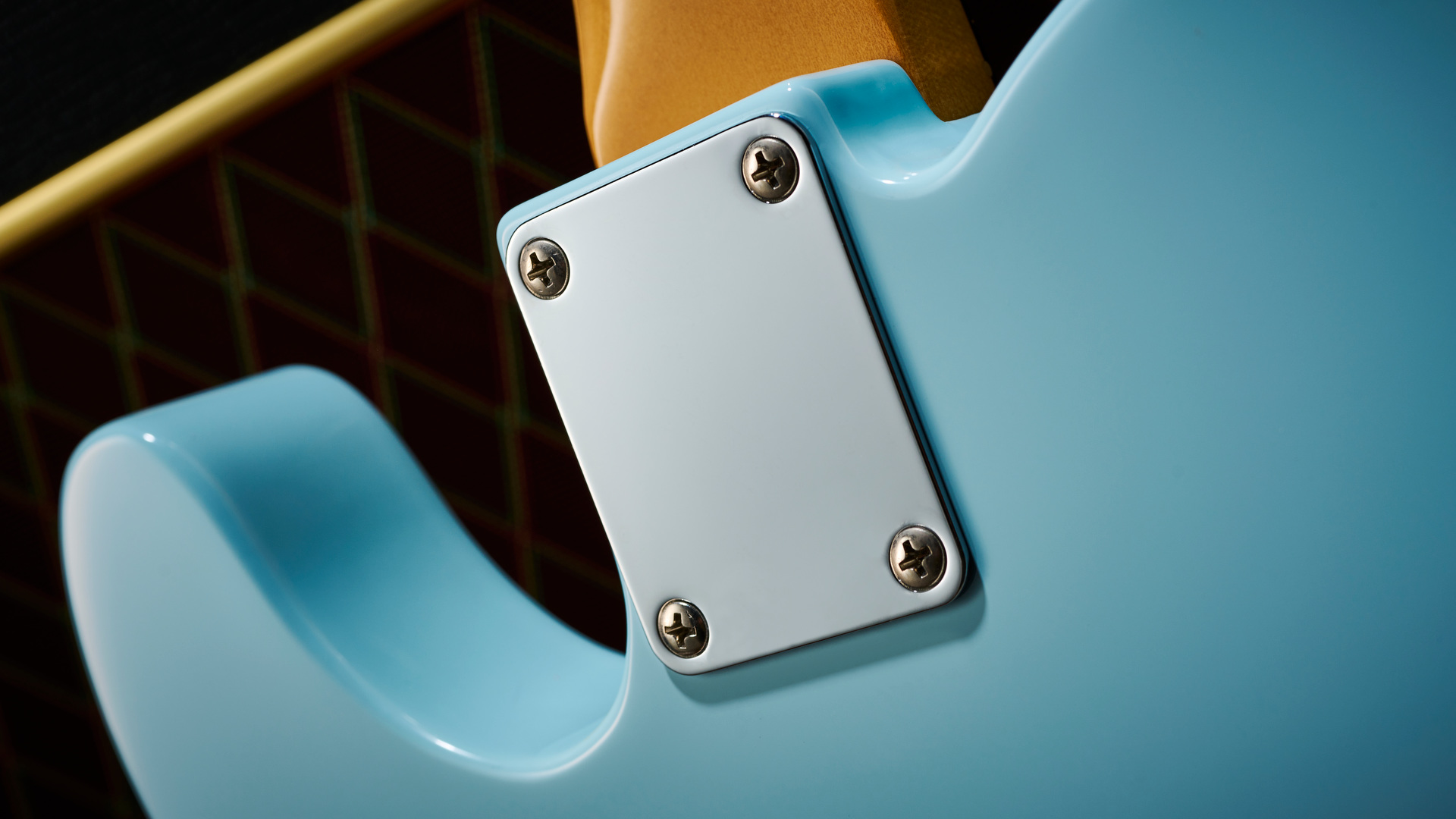
It's not all praise. I am, yet again, going to moan about the Fender 'Deluxe' gigbag provided here. We're not even asking for a hardcase , it just needs a long overdue 2023 update in light of the vastly superior and more protective offering with the cheaper Mexican Acoustasonic Player models – and for a $1,000 guitar it seems somewhat stingy here.
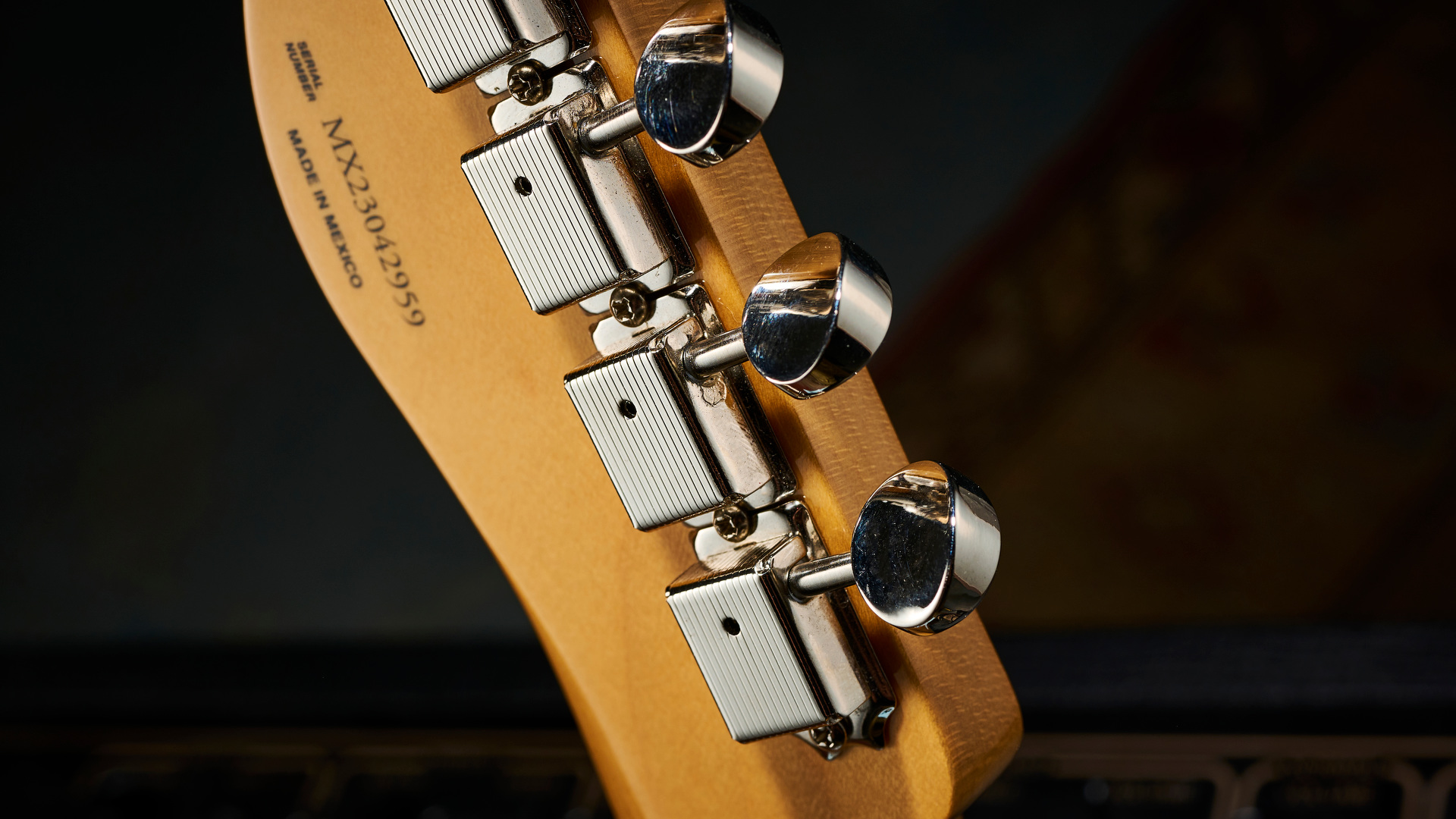
But as a guitar, made around 200 miles away from Fender's US Corona factory, it feels like the gap of compromise is noticeably narrowing with this model. The American Vintage II 1963 Telecaster offers a nitro finish that will age better, with bone nut, clay dots and Pure Vintage '63 pickups, but the price is $2,199 compared to the $1,149 here. If you think those features are worth paying nearly double for, all power to you and your wallet. But it doesn't add up for us and very much leans in this guitar's favour.
MusicRadar verdict: It may be a vintage spec but the tonal range and build quality here is a great example of the Tele as the right good-looking tool for many jobs.
Fender Vintera II '60s Telecaster: Hands-on demos
Fender
Empire Music
Andertons
Jeremy Sheppard
Fender Vintera II '60s Telecaster Specifications
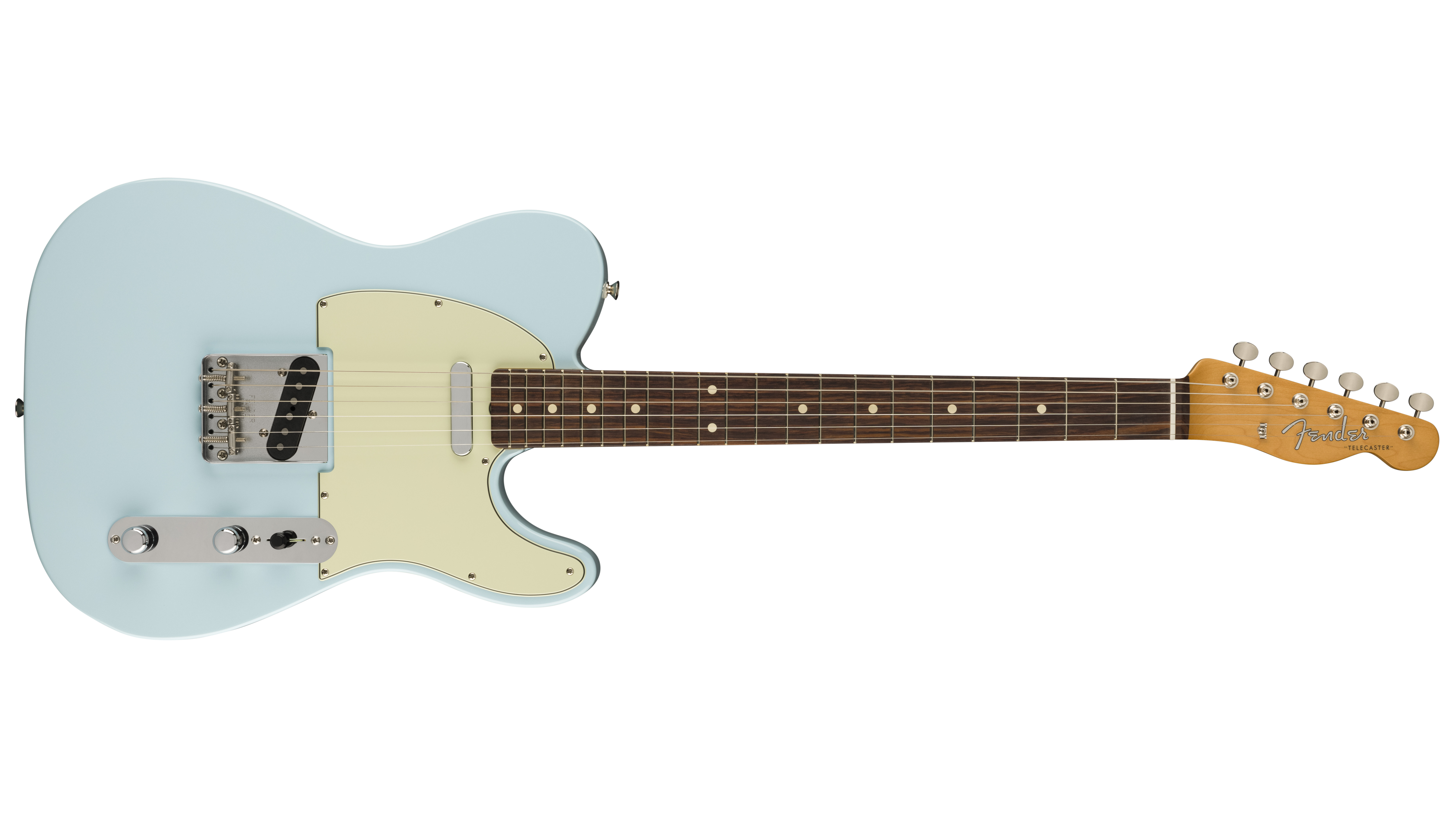
- TYPE: Solid-body electric, made in Mexico
- BODY: Alder, gloss polyester finish
- NECK: Maple 'Early '60s C'-shape, bolt-on
- SCALE: 25.5”
- FINGERBOARD: Rosewood slab, 7.5" radius
- FRETS: 21, Vintage Tall
- ELECTRICS: 2 x Vintage-Style '60s Single-Coil Tele
- CONTROLS: 1x volume, 1x tone, three-way blade pickup selector
- HARDWARE: 3-saddle vintage-style bridge with slotted steel saddles
- WEIGHT OF REVIEW GUITAR: 7.4lbs / 3.3kg
- CASE: Fender Deluxe gig bag
- FINISHES: Sonic Blue (as reviewed), Fiesta Red
- CONTACT: Fender

Rob is the Reviews Editor for GuitarWorld.com and MusicRadar guitars, so spends most of his waking hours (and beyond) thinking about and trying the latest gear while making sure our reviews team is giving you thorough and honest tests of it. He's worked for guitar mags and sites as a writer and editor for nearly 20 years but still winces at the thought of restringing anything with a Floyd Rose.
With its latest free update, Ableton has finally turned Note into the app I always wanted it to be
Technically capable, but struggle to make your tunes sound musical? 5 simple music theory hacks to make your tracks stand out
"Despite its size, it delivers impressive audio quality and premium functions as well as featuring a good selection of inspired sounds": Roland GO:Piano 88PX review










